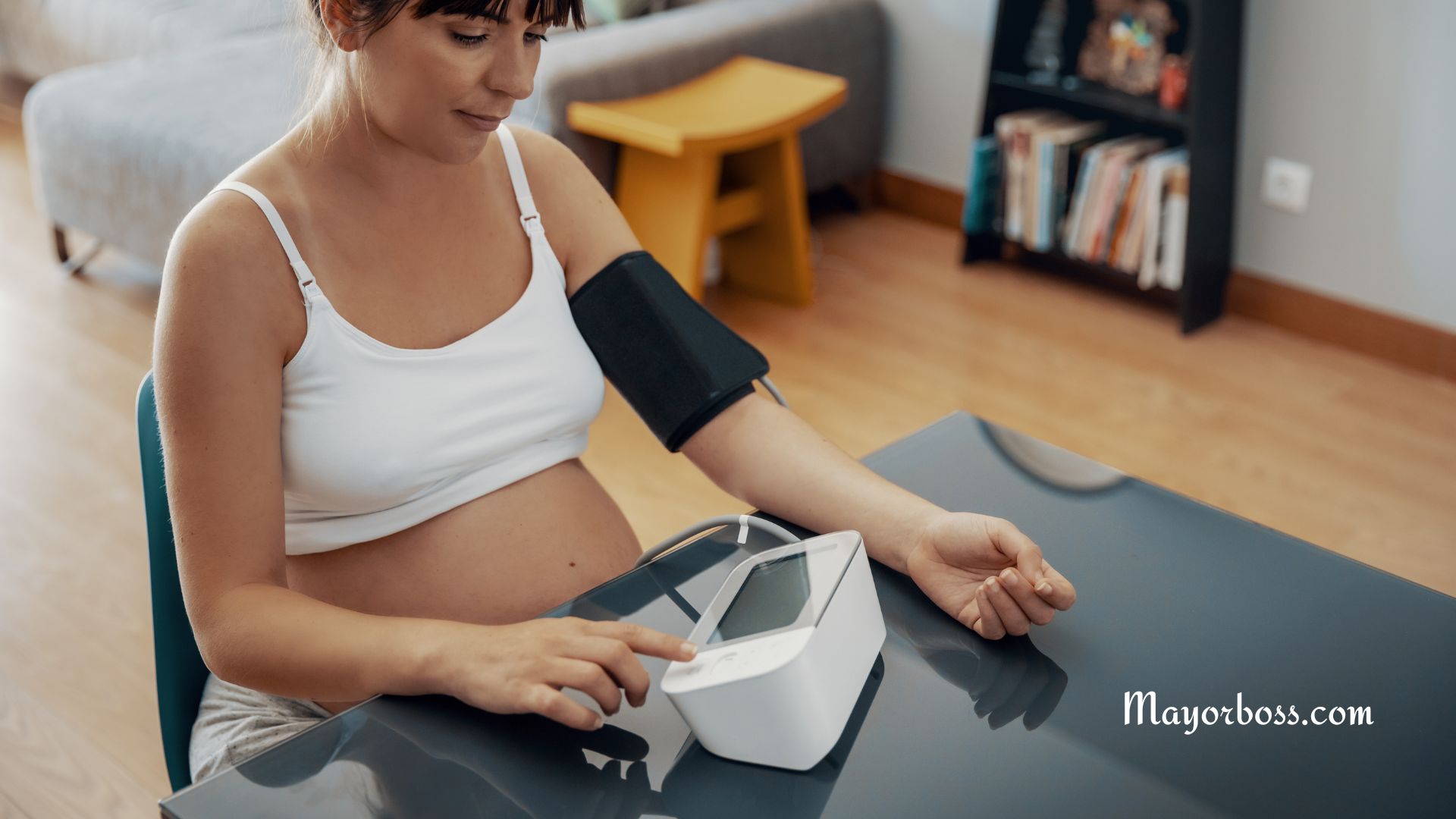7 Signs of Preeclampsia
Preeclampsia is a serious pregnancy-related condition that can affect both the mother and the baby. High blood pressure, swelling, and protein in the urine are some of the primary indicators. If left untreated, preeclampsia can lead to severe complications, such as organ failure or even death.
What is Preeclampsia?
In simple terms, preeclampsia is a condition that usually appears after the 20th week of pregnancy or after giving birth. It is most commonly identified through elevated blood pressure and the presence of protein in the urine. Additionally, preeclampsia can affect other organ systems and may result in severe complications if ignored.
Signs of Preeclampsia
1. High Blood Pressure
One of the most telling signs of preeclampsia is high blood pressure. If you’re pregnant and your blood pressure readings consistently exceed 140/90 mmHg, it might be a cause for concern. Elevated blood pressure can put extra stress on your kidneys and other organs, which isn’t good for you or your baby.

2. Protein in the Urine (Proteinuria)
Another hallmark sign of preeclampsia is proteinuria, which means there’s an abnormal amount of protein in your urine. This occurs because the kidneys are struggling to filter waste effectively. Therefore, if you notice frothy or bubbly urine, consult your healthcare provider.
3. Swelling (Edema)
Many women experience some swelling during pregnancy, especially in the feet and ankles. However, sudden or severe swelling in the hands, face, or around the eyes could be a red flag for preeclampsia. So, if you notice puffiness that doesn’t go away, don’t brush it off.
Other Signs You Shouldn’t Ignore
4. Vision Changes
Research suggests that changes in vision, such as seeing spots or experiencing temporary loss of vision, can be associated with preeclampsia. If you encounter any vision disturbances, it’s crucial to seek medical attention promptly.
6. Severe Headaches
Frequent and intense headaches that don’t go away with over-the-counter medication can also be indicative of preeclampsia. Moreover, these headaches are often accompanied by other symptoms like nausea.
6. Upper Abdominal Pain
Another sign to look out for is pain or discomfort in the upper abdomen, particularly on the right side. This symptom is often mistaken for indigestion but can be a sign of liver involvement in preeclampsia.
7. Shortness of Breath
If you’re experiencing difficulty breathing or feel like you’re gasping for air, don’t ignore it. One study found that some women with preeclampsia had fluid in their lungs, which can cause shortness of breath.
When to Seek Medical Attention
If you’re experiencing one or more of these symptoms, it’s essential to consult your healthcare provider immediately. Preeclampsia can escalate quickly, and early detection can make a significant difference in your treatment options. According to healthcare guidelines, you might need specialized monitoring, medication, or even hospitalization to manage the condition effectively.
The Importance of Regular Check-ups
Regular prenatal check-ups are vital for monitoring your health and the health of your baby. These appointments can help detect preeclampsia in its early stages, making treatment more effective. So, don’t skip your check-ups, and always be open with your healthcare provider about any symptoms you’re experiencing.
Frequently Asked Questions
What Causes Preeclampsia?
Although the exact cause of preeclampsia is still not fully known, various factors can increase your risk. These include a history of high blood pressure, obesity, and being pregnant with multiples (like twins or triplets). First-time moms and women over 35 are also at a higher risk. According to some studies, genetic factors might play a role as well.
How is Preeclampsia Diagnosed?
Diagnosis of preeclampsia generally involves multiple tests and evaluations. Your healthcare provider will monitor your blood pressure and check for protein in your urine. Additionally, you may undergo blood tests and ultrasounds to assess your liver function and the health of your baby. These tests are crucial for determining the severity of the condition and planning the treatment accordingly.
Can Preeclampsia Be Treated?
Yes, preeclampsia can be managed to some extent, but the most effective cure is the delivery of the baby. Treatment often involves medications to lower high blood pressure and prevent seizures. In more severe cases, you might require hospitalization for close monitoring. Research suggests that early diagnosis and proper management can significantly improve outcomes for both the mother and the baby.
Is Preeclampsia Dangerous for the Baby?
Preeclampsia can indeed pose risks for the baby. The condition can lead to reduced blood flow to the placenta, which means your baby might not get enough oxygen and nutrients. This can result in low birth weight and other complications. In severe cases, it may even necessitate a preterm delivery. Therefore, prompt diagnosis and treatment are essential for minimizing risks.
Can Preeclampsia Recur in Future Pregnancies?
If you’ve had preeclampsia in a previous pregnancy, you are at a higher risk of developing it again. However, it’s not a guarantee. Various preventive measures can reduce your risk, such as maintaining a healthy weight and taking low-dose aspirin, as advised by your healthcare provider. Regular prenatal check-ups are also vital for early detection and management if it does recur.






